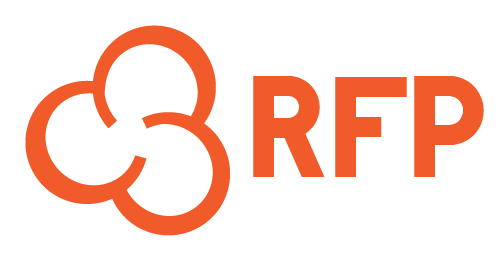Requests for Information (RFIs) may be less commonly issued than Requests for Proposal (RFPs), yet they are critical documents that can serve organizations well in the enterprise purchasing process. If your organization is in the market for anything from professional services to new software or equipment, an RFI can help you gather the information you need to refine your goals and requirements before drafting a more detailed and targeted RFP.
This brief guide is intended to help you get started on your next purchasing project by reminding you of the RFI basics and offering some concrete tips on how to get the most out of your next RFI!
What’s an RFI?
An RFI is an information gathering tool. It allows organizations to solicit information on how a vendor might solve a problem or meet a particular need before issuing an RFP. RFIs are useful when you’re looking around for a broad sense of possible solutions to a problem without an exact sense of the best fit for your needs.
As documents, RFIs ask general questions intended to educate and inform. They tend to be short and concise documents compared to more elaborate RFPs, and so they can be particularly useful as first steps early on in an enterprise purchasing project. Because RFIs are comparatively quick and easy to draft, they allow you to cast a wide net, soliciting input from many vendors before narrowing in on the details.
What makes for a successful RFI?
If RFIs are generally more open-ended than RFPs, they can still be tricky to get right, especially if you’re more practiced in RFPs. A successful RFI should be high level, to gather as much information as possible, but still focused enough that both you and vendors who will respond are providing pertinent, useful information. In general, an RFI should be brief and to the point, asking questions aimed at soliciting a general overview of the vendor landscape.
Use your RFI to gauge vendor interest and scope. Consider it an opportunity to allow vendors to confirm or refute the ideas you’ve generated through research, and to weigh in on possible solutions. RFIs allow organizations to get a sense for vendors’ perspectives and ideas, not just their specific capacities.
If you already know you’ll need to issue an RFP, working on an RFI can seem burdensome and annoying. But, done right, they can ultimately save you time and money by helping to clarify organizational aims and clear up any questions in advance.
Tips for your next project
As you get going on your next purchasing project, consider these tips for drafting a great RFI:
- Think about timing – by issuing an RFI in advance of your intended RFP, you can engage in a meaningful dialogue with potential vendors with plenty of time to spare.
- While you’ll want to ask high-level and open-ended questions in your RFI, be sure to clearly define the problem you are hoping to address (whether that’s finding professional services, or new custom athletic apparel).
- Provide vendors with some guidelines about what to include in submissions. This will save everyone time and make the evaluation process straightforward.
- Save time by using standard sections, questions, and models wherever possible. To do so, consider using purpose-built RFI Software like Popcorn RFP which generates up-to-date, industry-specific content, rather than relying on found templates.
We’re here to help! Popcorn RFP is purpose-built software designed to alleviate many of the common challenges organizations have experienced with enterprise procurement and help do RFIs faster, smarter, and collaboratively. Send us an email and let us know how we can help with your next RFI or RFP project!











